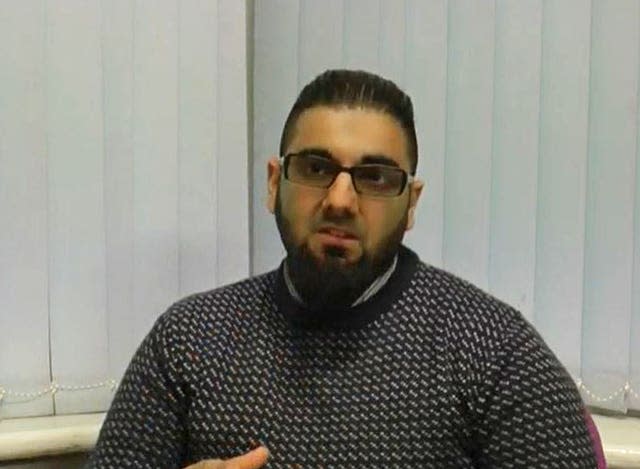Usman Khan – the ‘unremarkable’ school drop-out who became a double killer
Usman Khan was, according to one former teacher, “fairly unremarkable”.
A low-achiever with delusions of grandeur, a name-dropper who begged for status and attention.
And on a cold afternoon four weeks before Christmas 2019 in central London, the 28-year-old became a cowardly killer.
He strapped an authentic-looking suicide belt to his waist and attacked defenceless victims with kitchen knives, before goading the police to shoot him, knowing they feared he could cause mass casualties by setting his device off.
His victims that day were two successful young Cambridge graduates, Jack Merritt and Saskia Jones. They embodied everything he sought but failed to be.

Khan was born in Stoke-on-Trent, Staffordshire, on March 10 2001. He was the sixth of seven children, and went to a local state comprehensive school but dropped out.
One of Khan’s former teachers described him as having “a teenage swagger, a little bit of a chip on his shoulder”.
“But,” the teacher said, Khan was “fairly unremarkable”.
It was during his teenage years that he became interested in the extremist views of prominent figures Anwar al-Awlaki and Anjem Choudary, head of the banned terror organisation al-Muhajiroun.
He later admitted planning a terror training camp to send anti-West fighters to the UK, and was handed an indeterminate sentence which was varied upon appeal to an extended sentence. As such, he was released without parole after eight years inside.
Khan was described as an “influential” inmate who associated with other high-profile terrorists, including Fusilier Lee Rigby’s killer Michael Adebowale, while Khan later told people he had mixed at various times with the likes of hooked cleric Abu Hamza and notorious prisoner Charles Bronson.
But he successfully convinced many, including his prison chaplain and his probation officer, that he had changed his ways for the better.
He even succeeded in duping Mr Merritt, a co-ordinator on the Learning Together prisoner education scheme, who insisted Khan had been “de-radicalised” when a colleague raised concerns about possible terrorist imagery in a poem Khan wrote ahead of his release.
His 11 months in the community on licence were characterised by isolation and rejection.
He failed to find a job – even Timpson, one of the largest employers of ex-offenders in the country, turned him down – he stopped going to the gym and to the mosque, and spent most of his time in his one-bedroom flat playing computer games and watching DVDs. He also used sex lines.
But he continued to tell people he had changed.
Even on the day of the attack, wearing a fake suicide belt and carrying a backpack containing the eventual murder weapons, Khan bounded over to his former prison counter-terrorism governor, offered him a hug, and declared: “I have learnt that violence isn’t the path.”
Another lie – but one which would have profound consequences on the lives of two young academics and all those present at Fishmongers’ Hall that day.


